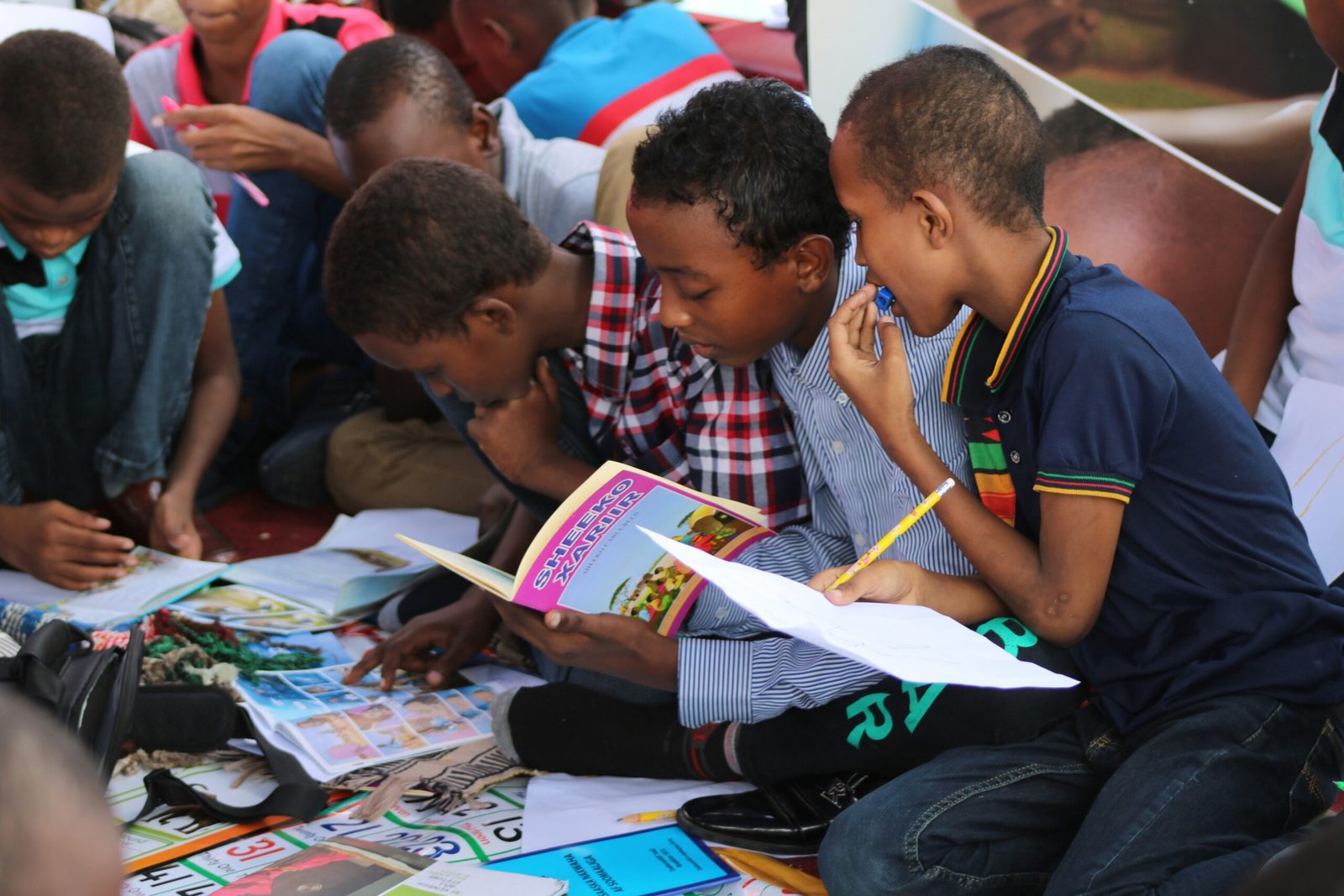Introduction
Welcome to our comprehensive guide to personalized learning! In this blog post, we will explore what personalized learning is, why it is important, and how it can benefit students of all ages. Whether you are a teacher, a parent, or a student yourself, this guide will provide you with valuable insights and practical tips to implement personalized lerning in your educational journey.
What is Personalized Learning?
Personalized earning is an approach to education that tailors the learning experience to meet the unique needs, interests, and abilities of each individual student. It recognizes that every student is different and learns in their own way, at their own pace.
Unlike traditional classroom settings where students are expected to follow a one-size-fits-all curriculum, personalized learnig allows students to have more control over their learning path. It empowers them to take ownership of their education and encourages them to explore topics that are meaningful and relevant to their lives.
Why is Personaliz Learning Important?
Personalized earning is important because it recognizes the diverse learning styles and needs of students. It promotes student engagement, motivation, and success by catering to their individual strengths and interests.
By personalizing the learning experience, students are more likely to be actively involved in the learning process. They become more self-directed learners, taking responsibility for their own progress and making decisions about their education.
Furthermore, personalize learning allows for differentiation and individualized support. It enables teachers to identify and address learning gaps, provide targeted interventions, and offer personalized feedback to each student. This helps students to reach their full potential and achieve academic success.
Benefits of PersonalzedLearning
Personaized learning offers numerous benefits for both students and educators. Let’s explore some of the key advantages:
1. Enhanced Student Engagement
When students have a say in their learning, they become more engaged and motivated. Personalzed learning allows them to pursue topics that interest them, making the learning experience more enjoyable and meaningful.
2. Increased Academic Achievement
By tailoring instruction to meet individual needs, personlized learning can lead to improved academic achievement. Students receive targeted support and are challenged at their appropriate level, resulting in better learning outcomes.
3. Development of Critical Thinking and Problem-Solving Skills
Personlized learning encourages students to think critically and solve problems independently. They are given opportunities to explore, analyze, and apply their knowledge in real-world contexts, fostering the development of essential skills for success in the 21st century.
4. Cultivation of Self-Directed Learners
Through personalied learning, students become more self-directed in their learning journey. They learn how to set goals, manage their time effectively, and take responsibility for their own learning. These skills are invaluable for lifelong learning and personal growth.
5. Improved Teacher-Student Relationships
Personalized learning allows teachers to build stronger relationships with their students. By understanding each student’s unique needs and interests, teachers can provide individualized support and guidance, fostering a positive and supportive learning environment.
Implementing Personalized Learning
Now that we understand the importance and benefits of personalized learning, let’s explore some practical strategies for implementing it:
1. Get to Know Your Students
Take the time to get to know your students as individuals. Learn about their interests, learning styles, and goals. This will help you tailor your instruction to meet their specific needs and create a more personalized learning experience.
2. Offer Choice and Flexibility
Provide students with choices in their learning. Offer a variety of resources, assignments, and projects that align with their interests and abilities. Allow them to choose how they demonstrate their understanding of a topic, whether it’s through a presentation, a written essay, or a creative project.
3. Use Technology as a Tool
Technology can be a powerful tool for personalized learning. Utilize online resources, educational apps, and learning platforms to provide students with opportunities for self-paced learning, interactive activities, and personalized feedback.
4. Differentiate Instruction
Adapt your instruction to meet the diverse needs of your students. Provide additional support or enrichment activities based on individual learning levels. Group students based on their abilities and provide targeted instruction to each group.
5. Foster Collaboration and Peer Learning
Encourage collaboration among students. Assign group projects or activities that require teamwork and problem-solving. This not only enhances their social and communication skills but also allows them to learn from and support one another.
6. Regularly Assess and Provide Feedback
Assessment and feedback are crucial components of personalized learning. Use formative assessments to gauge student understanding and provide timely feedback. This will help students track their progress and make necessary adjustments to their learning strategies.
Conclusion
Personalized learning is a powerful approach to education that recognizes the unique needs and abilities of each student. By tailoring instruction to meet individual needs, personalized learning promotes student engagement, motivation, and success.
Implementing personalized learning strategies can enhance student learning outcomes, develop critical thinking skills, and cultivate self-directed learners. By embracing personalized learning, we can create a more inclusive and effective educational experience for all students.
We hope this comprehensive guide has provided you with valuable insights and practical tips to implement personalized learning in your educational journey. Remember, personalized learning is not a one-size-fits-all approach. It requires ongoing reflection, adaptation, and collaboration to ensure the best possible learning experience for every student.
